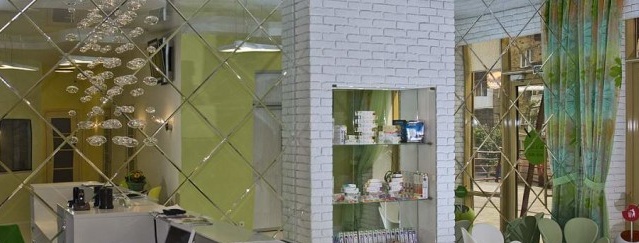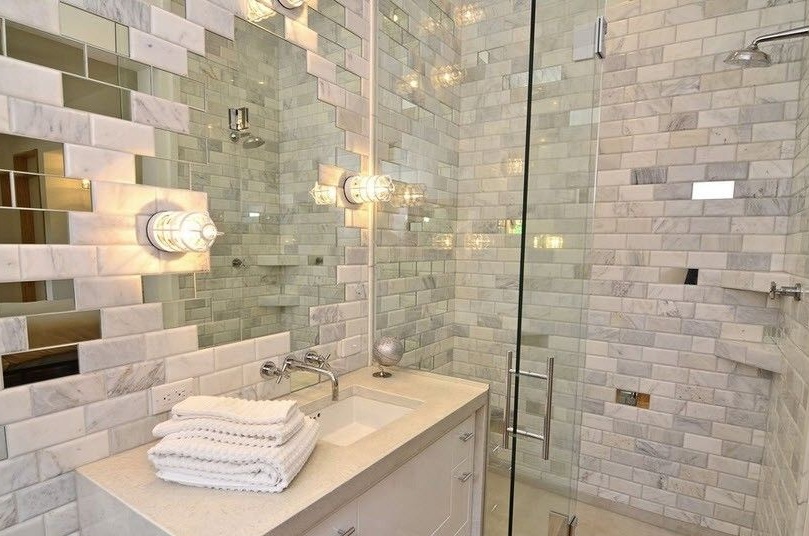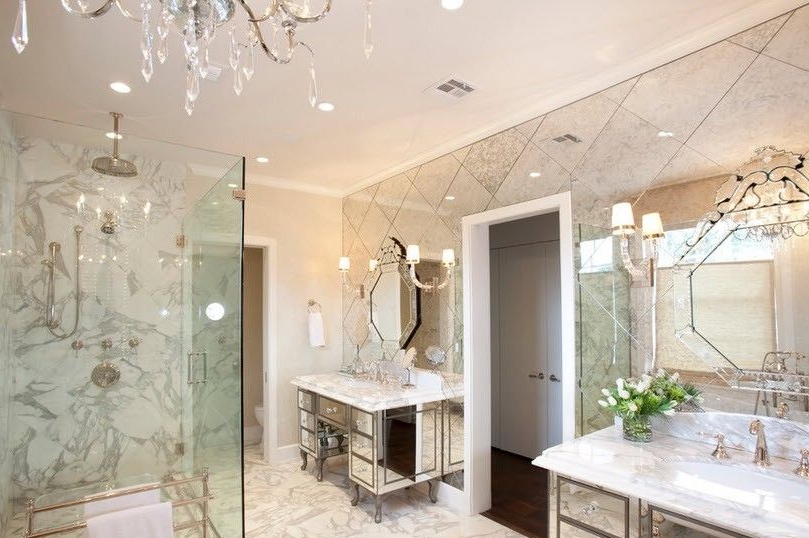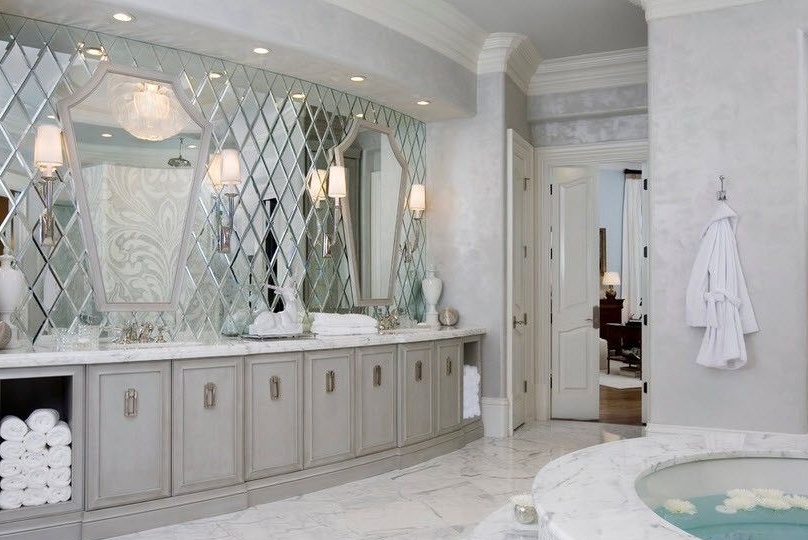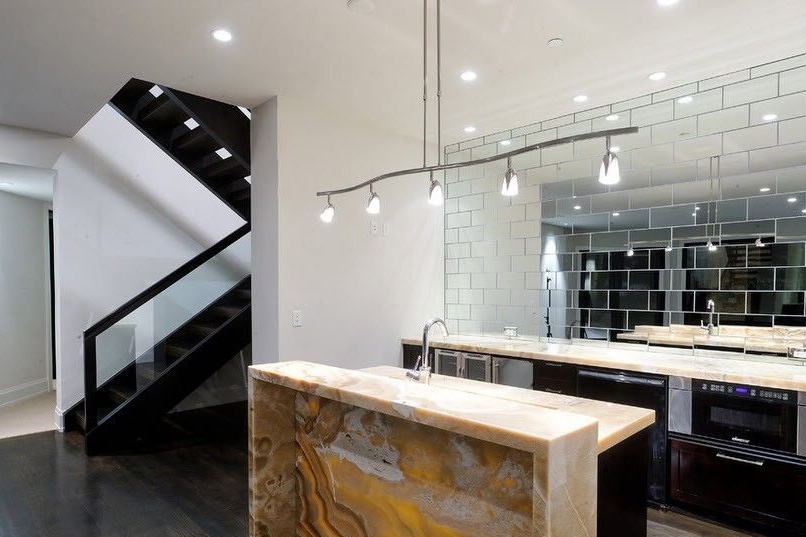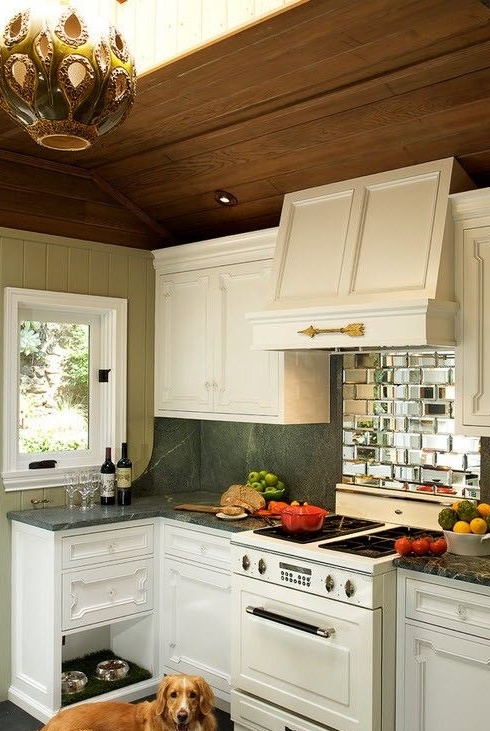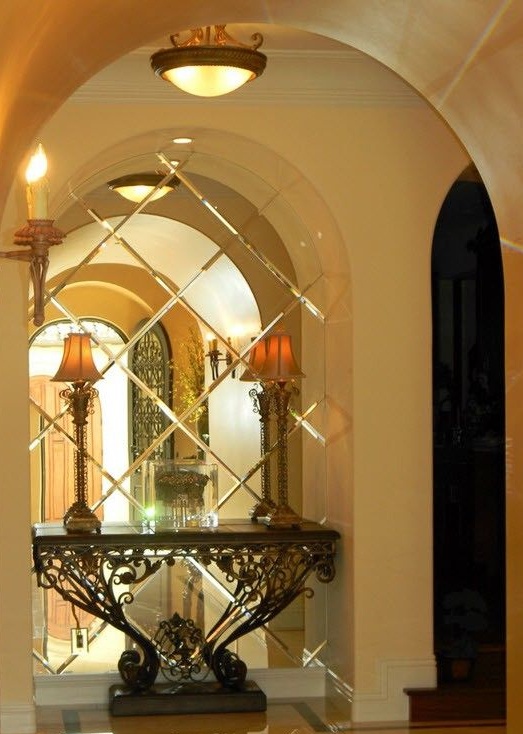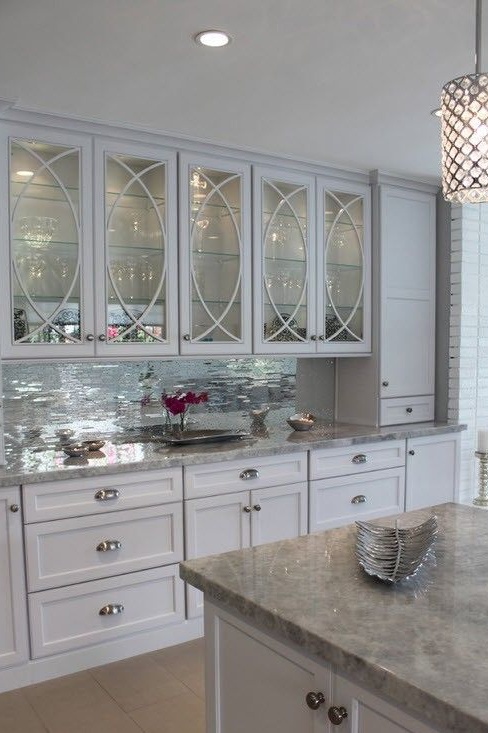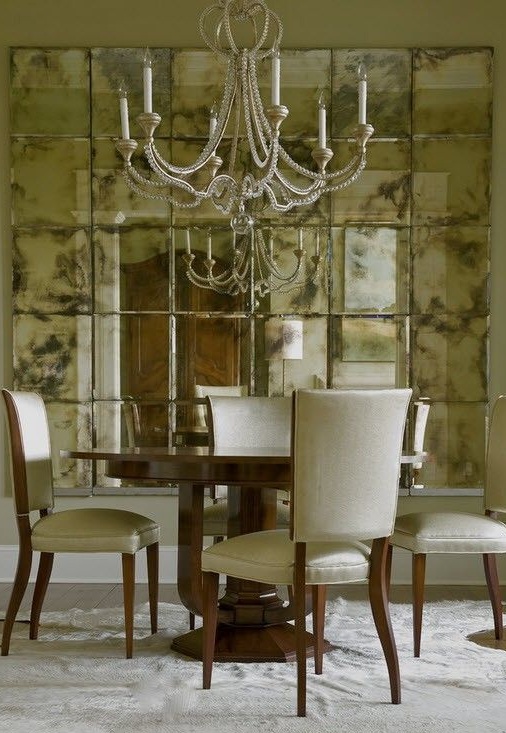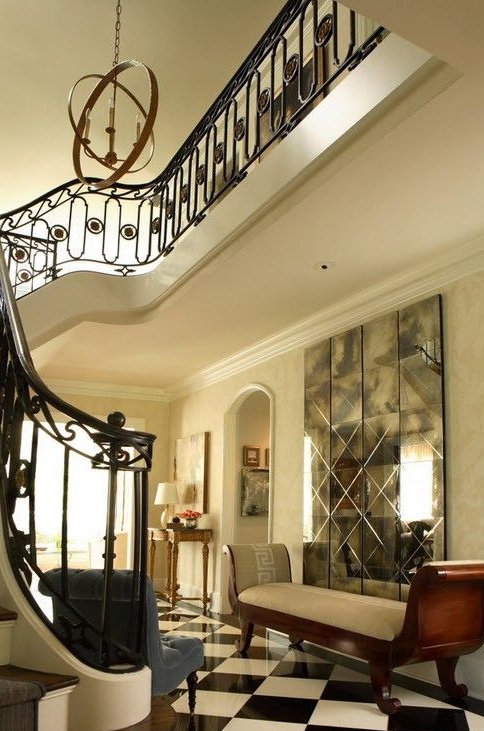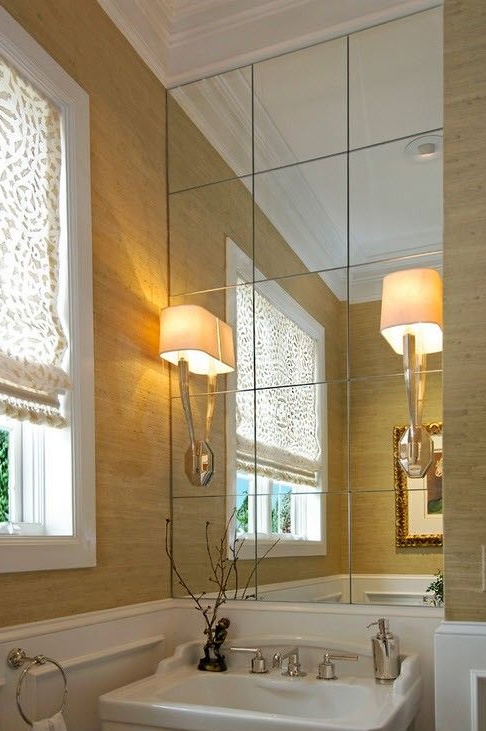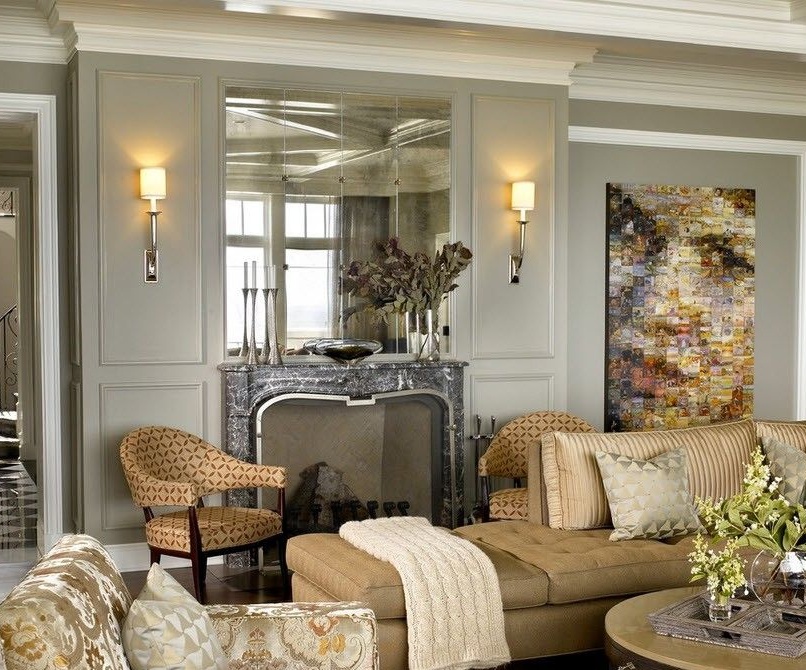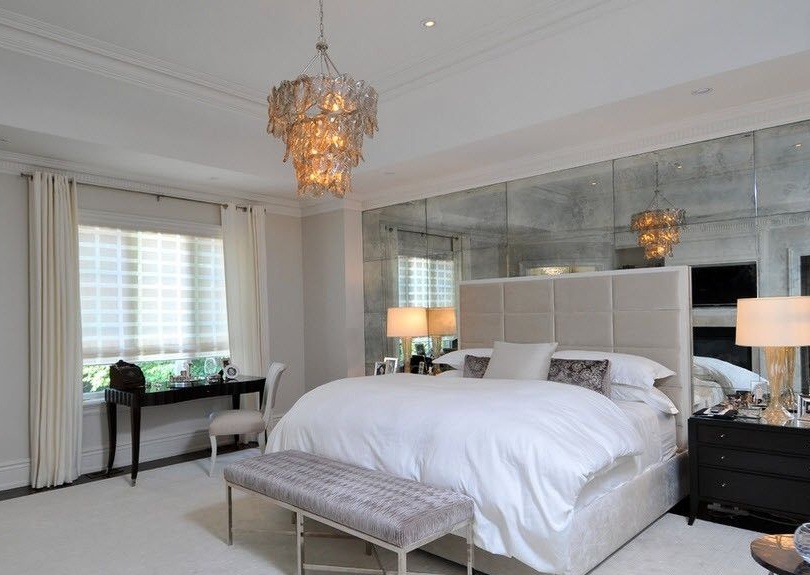Mirror tiles in the interior
A huge number of people decorate the walls of their apartments ceramic tiles. This is especially true for the kitchen and bath rooms. Why? Yes, because ceramic tiles have especially many positive qualities. These qualities make its use practical, convenient and simple. The same qualities are inherent in mirror tiles. It has truly become an excellent acquisition for interior designers. Mirror tiles are durable to use, resistant to chemicals and waterproof. As with ceramic tiles, maintaining it is easy and straightforward. Many people think that mirror tiles are fragile. Here, there is a direct dependence on the quality of the glass that was used in the manufacture of tiles. You can clarify this question with the seller in the store when you pick up tiles for your home. However, do not forget that when working with mirror tiles, you must be careful and careful.
The shape of the mirror tile can be very different - triangular and square, rectangular and arched. The spraying can also be different: bronze, copper, silver colors. Now there are companies with the offer not only to purchase tiles from them, but also to carry out their laying on the wall surface for you. If necessary, you can order a mirror tile of the sizes necessary to you and even with any logo or drawing.
Where is mirror tile used?
Mirror tiles can be revetted not only walls, but also a ceiling. You can use it in fragments. For example, tiling the wall between the wall cabinets in the kitchen and the table top. Effective decor of this site will come out with a well-groomed and neat look. For cleaning and cleaning mirror tiles, the same detergents are used as for ordinary mirrors.
Laying Mirror Tiles
Laying tiles is easy. The surface on which it will be laid is pre-leveled. To lay the mirror tiles on the surface using silicone or liquid nails. The protective stretch film is removed from the tile just before the start of the cladding. Next, avoid contact with abrasive materials. Such materials include sand, cement, etc. In order not to get chips during laying, it is also necessary to avoid touching the ends of the tiles. If you need to cut it, then this is done using a conventional glass cutter.

